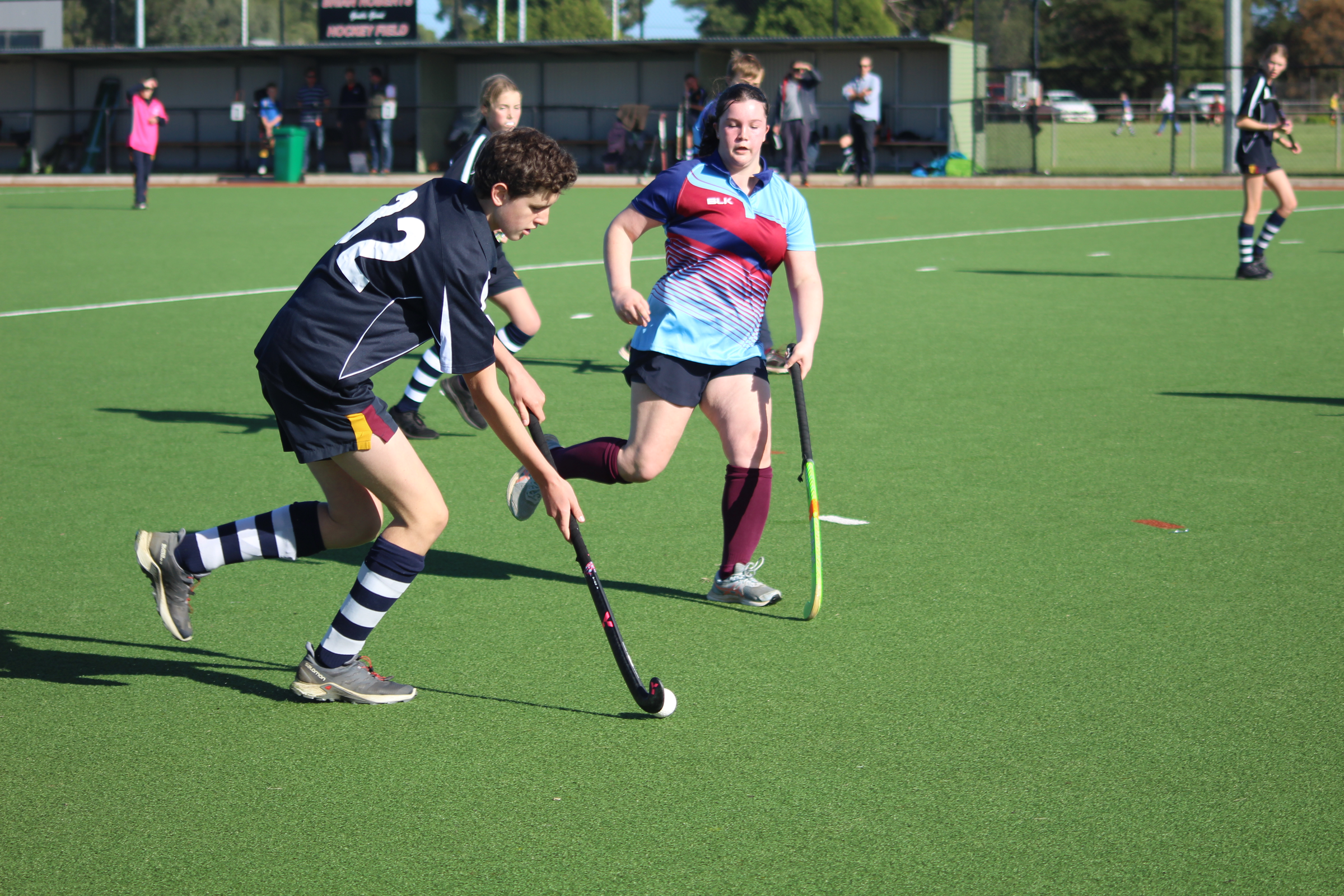Middle Years

Term 2 Sport and Learning
With the start of Term Two also coinciding with the start of many winter sports seasons, how students practice, prepare and train for their sports can be used to help illustrate how to also maximise their learning in each subject. When students practice a specific sporting skill over and over again, neural pathways are used repeatedly — for example, the pathway used when hitting a hockey ball. This repetitive practice allows a myelin sheath to form around the neural pathway, and this sheath acts like the rubber coating around an electrical cord, resulting in an insulating effect. This insulating effect allows heavily myelinated pathways to be significantly faster and stronger than those sent along non-myelinated paths. When students are learning new knowledge or a new skill in other contexts, such as the classroom, the same neural myelination also occurs (within the brain). So just as a hockey player practices their passing and receiving to ensure that their neural pathways are faster and stronger in a hockey game, the same strategy can be used to build the neural pathways responsible for the knowledge and skills required for academic subjects.
Repetitive practice is as effective in learning as it is in sports, so how much and how often students re-visit key knowledge and skills directly relates to how fast these neural pathways can process and apply this information. Having fast and strong neural pathways within the brain is a great advantage when approaching exams and assessment tasks.
The Middle Years students have all made a good start to Term Two. Their respect and involvement in the ANZAC Service and participation in the House Cross Country last week were both impressive. I hope their sporting practice and academic practice both go well.
Reminder:
Sunday 7th May – Year 9 City Experience Departs (return Friday 12 May).
Ben Hawthorne
Head of Middle Years
